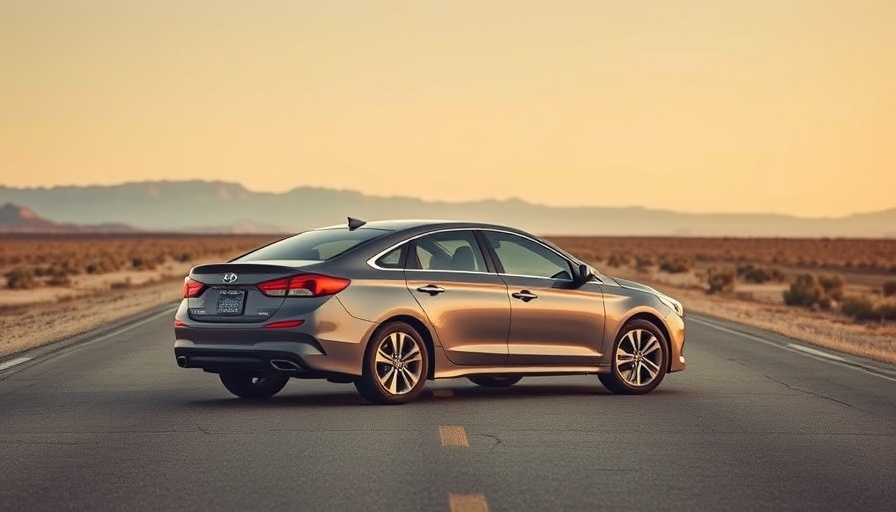
Understanding the True Cost of a Hyundai Sonata Hybrid Battery Replacement
The Hyundai Sonata Hybrid is often overlooked in the competitive midsize sedan market, eclipsed by larger brands like Toyota and Honda. However, with its impressive fuel economy and modern technology, the Sonata Hybrid stands out as a sensible choice for those looking to embrace a greener lifestyle. As electric vehicle adoption continues to rise, understanding the potential future costs associated with hybrid ownership is crucial. One of the significant expenses that owners may face is the cost of battery replacement. In this article, we delve into what you can expect when it comes time to replace your hybrid battery and the implications for your budget.
Historical Context and Background of Hybrid Battery Life
The concept of hybrid vehicles, blending gasoline and electric power, has been around since the late 19th century. However, it wasn't until the 1990s that hybrids became widely available to the public, with models like the Toyota Prius gaining bird’s-eye visibility. The Hyundai Sonata Hybrid, introduced in 2010, has continuously evolved to meet consumer expectations for efficiency and performance. Today, most manufacturers offer warranties that cover hybrid batteries for ten years or 100,000 miles, mitigating some of the financial burdens of replacement.
When Should You Replace Your Hybrid Battery?
Hybrid batteries are designed to last much longer than traditional car batteries, often providing reliable performance for ten years or more, depending on driving habits and maintenance. Many aspects can influence hybrid battery health, including temperatures, driving conditions, and recharge cycles. Signs that it might be time for a replacement include significantly reduced fuel efficiency, warning lights on the dashboard, or sluggish performance when starting. Knowing when to make this decision can save you from potential roadside emergencies and ensure you maintain optimal vehicle performance.
Future Predictions on the Cost of Battery Replacement
As technology progresses, advancements in battery efficiency and longevity are anticipated. Estimates predict that by 2025, the cost for a replacement battery for the Hyundai Sonata Hybrid may range from $3,000 to $5,000. However, it’s essential to consider the potential savings realized over time from improved fuel economy and lower emissions compared to conventional vehicles. Furthermore, battery recycling initiatives are expected to rise, which may help offset future costs as old batteries are repurposed for new uses.
Decisions You Can Make to Offset Battery Replacement Costs
To better prepare for battery replacement expenses, consider the following strategies:
- Regularly maintain your hybrid vehicle to prolong the battery's life.
- Research hybrid battery replacement programs or warranties that may help reduce costs.
- Consider purchasing used or refurbished batteries as a cost-effective alternative.
Comparing the Hyundai Sonata to Other Hybrid Models
When it comes to choosing which hybrid model suits your needs best, the Sonata Hybrid is in competition with strong contenders like the Toyota Camry Hybrid and Honda Accord Hybrid. Both offer similar efficiency ratings but vary greatly in price and features. The Sonata stands out with its advanced infotainment system and user-friendly technology, distinguishing itself in a crowded marketplace. A comprehensive car comparison tool can be invaluable for assessing the advantages of different models.
Conclusion: Embracing the Future of Hybrid Vehicles
Owning a hybrid vehicle like the Hyundai Sonata Hybrid comes with a unique set of considerations, especially concerning battery maintenance and replacement costs. As we transition to a more sustainable automotive future, staying informed about these expenses is vital. Owners can save on long-term costs through proper knowledge and maintenance while benefiting from the extraordinary fuel efficiency and reduced carbon footprint that hybrids offer.
 Add Row
Add Row  Add
Add 




Write A Comment